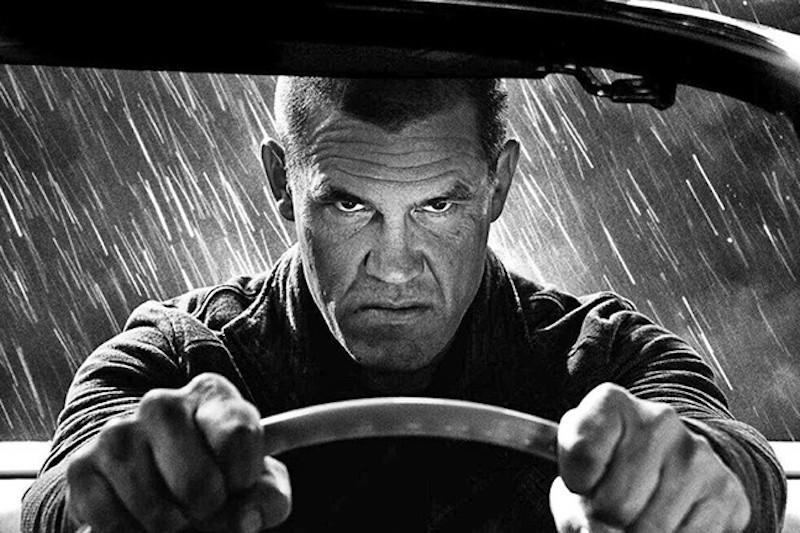It's dirty and life-shortening and filled with so many wonderful secrets!
Recently, I got talking to a ghost shaper, that surfboard craftsman of either fading or soaring ambition, depending on age.
This was a man in his twenties who is young enough to want to do something with the skills he’s cultivated finishing off boards for two of the world’s biggest surfboard companies. But still happy, for the time being, to make a thousand bucks a week refining the plugs spat out of an AKU machine.
And the secrets he revealed!
Did you know that when a new board model from a competitor comes out, brands will send a junior to buy it, measure it up and create a CAD file? The shaper will make a few adjustments and, wow, new board model. Hence why so many brands have comparable boards coming out around the same time.
Instead of finishing their boards in their own factories, the glassing and sanding is outsourced. In Australia boards go to TC Glasshouse, Onboard or Glasslab. Check the tail of your board for the Glasshouse logo. You’ll see TC on brands such as Lost & Pyzel, Glasslab on CI, Sharp Eye & Stacey, Onboard on CI and Simon Anderson. Pureglass in California finish Lost, Pyzel, HS and CI etc. These glasshouses can handle a part of the manufacturing process or the whole thing. From blanks to cutting & shaping to glassing and finishing to storage and distribution.
It ain’t your imagination that some boards are better than others, at least in quality. Jason Stevenson (JS) is notorious for hardcore quality-control checks and will happily bin a board if it doesn’t reach his standards. It’s why he makes all his boards (300 to 500 a week) on the Gold Coast instead of licensing his name to factories in Europe, the USA and Brazil. JS builds ’em, sticks ’em in a container and ships ’em where they need to go.
Surfboard making at any level is a labour intensive and time consuming gig. So if you get a dud board (finish wise) most likely the guy who had to make eight-to-ten boards that day cut a couple of corners on yours because he wanted to get to the beach, bar, whorehouse. I have a board from a big-name San Clemente factory that still has markings from the shaping machine on the rails. Doesn’t mean the company doesn’t know to shape and finish boards properly. It just means that the guy who shaped my board couldn’t be bothered doing a proper job on this particular board for whatever reason.
Things most surfers don’t even consider make a big difference. For example, the blanks ad resins used. Blanks are a big deal. The USA still make the best chemicals so the big guys in Australia import ’em. A lot of the smaller factories use cheaper chemicals from Australia or elsewhere and the boards can be heavier, more fragile and don’t look as clean when finished.
Ghost shaping surfboards is a… killer…job. My ghost shaper pal has smoked two cigs in his life. His doctor says his lungs, at twenty-two, are the same as someone who has smoked a pack a day for twenty years.









